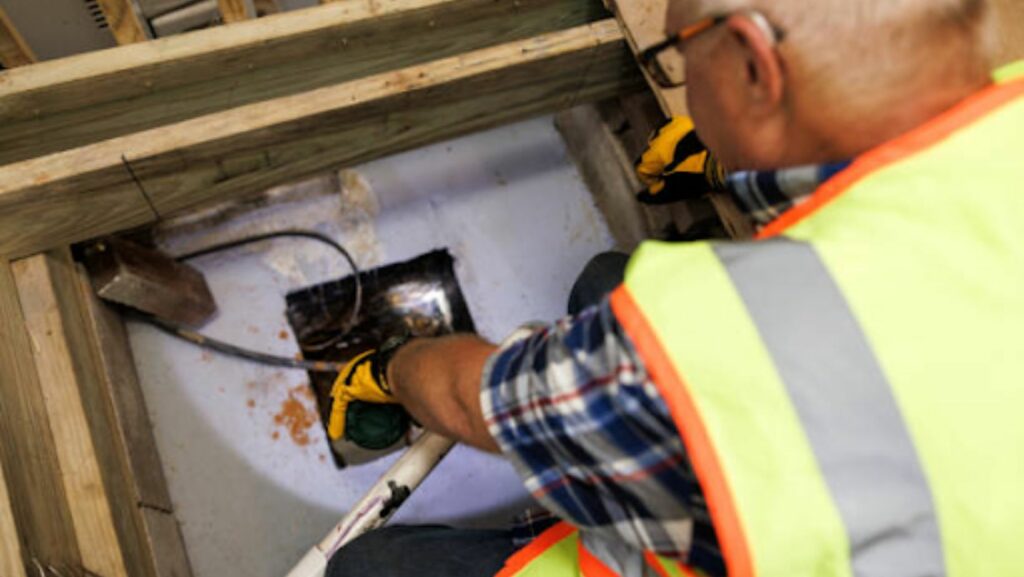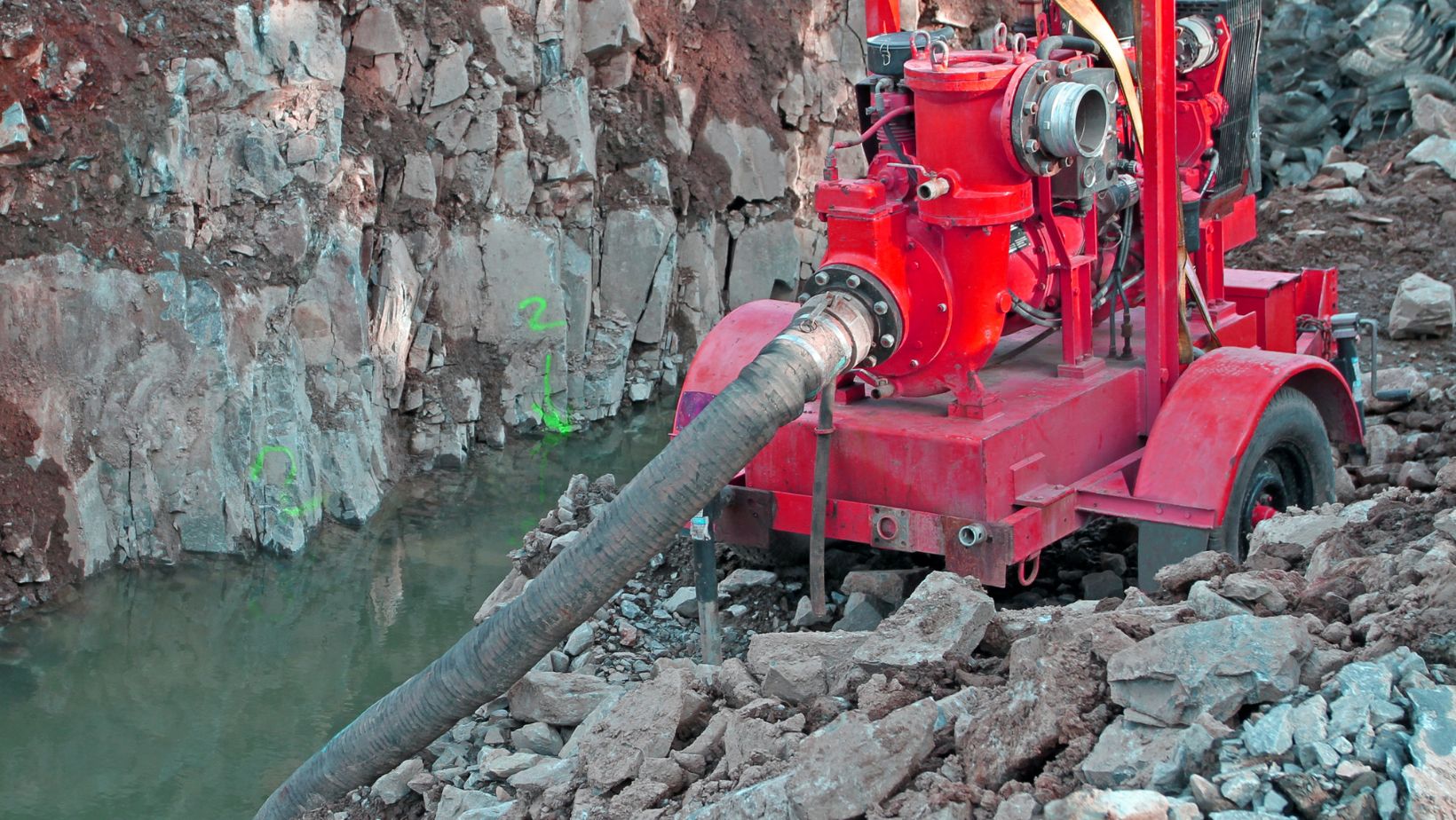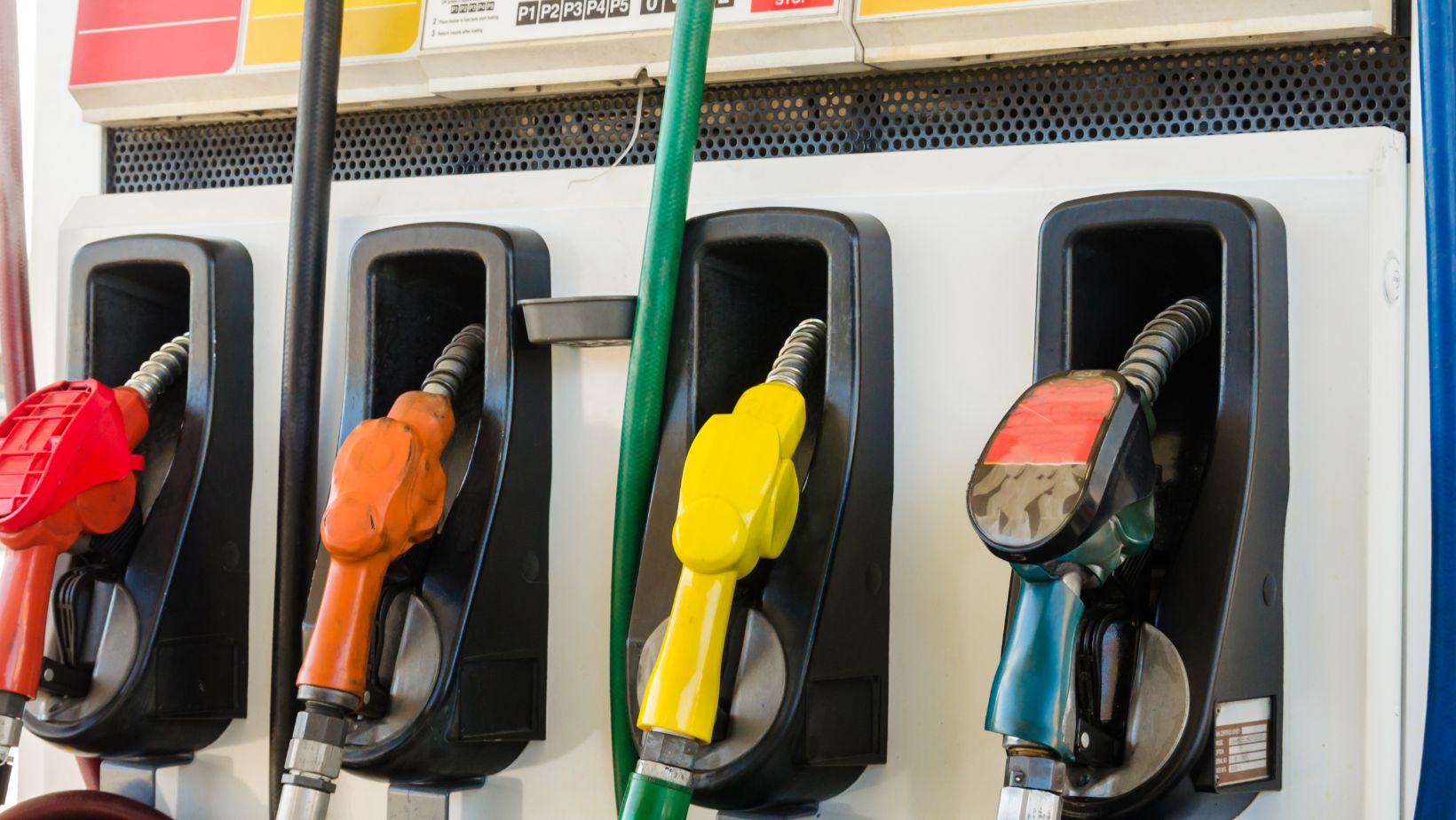Sump pumps are a vital component of many homes, especially those with basements susceptible to flooding. They work tirelessly to keep water out of your basement, preventing costly damage and potential health hazards. However, like any mechanical system, sump pumps can encounter problems that compromise their effectiveness. In this comprehensive guide, we’ll explore the most common sump pump problems homeowners face and provide practical troubleshooting tips to address them effectively.
Failure to Activate
One of the most alarming sump pump issues is when it fails to turn on during heavy rainfall or flooding. This problem can stem from various causes, including:
- Float Switch Malfunction: The float switch is responsible for detecting rising water levels in the sump pit and activating the pump. If it’s stuck or obstructed, the pump won’t engage.
- Power Supply Problems: Ensure that the sump pump is receiving power by checking the electrical outlet, circuit breaker, and any connected power cords.
- Check Valve Failure: A faulty check valve can prevent water from being expelled from the pump, causing it to cycle on and off rapidly or not activate at all.
Troubleshooting Tip
Inspect the float switch for debris or obstructions, test the power supply, and examine the check valve for proper function. If necessary, clean or replace these components to restore the pump’s operation.
Strange Noises
Unusual sounds emanating from your sump pump can indicate underlying issues that require attention. Common noises include grinding, rattling, or vibrating, which may signify:
- Motor Problems: Worn-out bearings, loose components, or motor damage can cause abnormal noises during operation.
- Clogged Impeller: Debris such as gravel, sand, or sediment can accumulate around the impeller, causing it to malfunction and emit strange noises.
- Pipe Issues: Loose or improperly secured discharge pipes can vibrate or rattle as water is expelled from the pump.
Troubleshooting Tip
Inspect the pump’s motor and impeller for signs of damage or obstruction. Tighten any loose connections and ensure that the discharge pipe is securely fastened to prevent vibrations.
Continuous Running: An Indicator of Potential Issues
When your sump pump runs continuously, it’s a clear signal that something isn’t functioning as it should, then contact a sump pump repair company. This persistent operation can indicate several underlying problems, each requiring prompt attention to prevent further damage or failure. Let’s delve into the common culprits behind this issue:
- High Water Inflow: Excessive groundwater infiltration or a malfunctioning check valve are primary contributors to the relentless flow of water into the sump pit. In areas prone to heavy rains or with high water tables, the influx of water can overwhelm the pump’s capacity, leading to continuous operation. Similarly, a faulty check valve allows water to flow back into the pit, triggering the pump to work incessantly to keep up with the influx.
- Improper Sizing: Like any mechanical system, sump pumps must be appropriately sized to handle the volume of water they encounter. An undersized pump simply cannot keep pace with the amount of water entering the pit, resulting in continuous operation as it struggles to maintain water levels. This issue is particularly prevalent in homes with significant groundwater seepage or inadequate drainage systems.
- Float Switch Adjustment: The float switch serves as the pump’s watchdog, triggering its operation when water levels rise and shutting it off when levels recede. However, if the float switch is misaligned or improperly adjusted, it may fail to deactivate the pump, causing it to run continuously. This can happen due to mechanical issues, debris accumulation, or simple wear and tear over time.
Troubleshooting Tips
- Examine Water Inflow: Begin by inspecting the area around your home for signs of excessive water inflow. Address any drainage issues promptly to mitigate the volume of water entering the sump pit.
- Assess Pump Size: Evaluate whether your sump pump is appropriately sized for the demands of your basement. If it’s struggling to keep up with the workload, consider upgrading to a more powerful model capable of handling higher volumes of water.
- Verify Float Switch Functionality: Test the float switch to ensure it moves freely and activates the pump as intended. Clean any debris or obstructions that may impede its operation and adjust its positioning if necessary to achieve proper activation and deactivation.
Noisy Check Valve
While the check valve serves as a critical barrier against water flowing back into the sump pit, it can sometimes generate disruptive banging or thumping noises during its operation. This common occurrence, referred to as water hammer, arises from rapid changes in water flow direction, leading to pressure surges within the discharge pipe. Water hammer can occur due to two primary factors:
- Water Flow Reversal: As water abruptly changes direction in the discharge pipe, it creates sudden pressure spikes that reverberate through the system, causing the check valve to emit loud noises.
- Improper Installation: Inadequate positioning or insufficient support of the check valve can exacerbate the water hammer, amplifying the noise generated during operation.
Troubleshooting and Resolution
To mitigate the disruptive effects of water hammer and restore peace to your sump pump system, consider the following steps:
- Installation of Water Hammer Arrestor: Installing a water hammer arrestor or cushioning device within the plumbing system can effectively absorb pressure fluctuations, reducing the intensity of noise generated by the check valve.
- Proper Valve Installation and Support: Ensure that the check valve is correctly positioned and adequately supported within the discharge pipe. Proper installation helps minimize movement or vibration, thereby decreasing the likelihood of noisy operation.
Frozen Discharge Pipe
In regions with colder climates, sump pump discharge pipes face the threat of freezing during winter, posing a risk to the pump’s functionality and potentially leading to basement flooding. Understanding the causes of frozen discharge pipes is crucial for effective troubleshooting and prevention. Here are the common culprits:
- Lack of Insulation: Exposed pipes or insufficient insulation leave discharge lines vulnerable to frigid temperatures. When cold seeps into the pipe, it can cause water to freeze, creating blockages that hinder the pump’s ability to expel water from the sump pit.
- Inadequate Slope: Proper drainage relies on a well-constructed discharge pipe with a suitable slope. If the pipe lacks the necessary incline or is improperly installed, water may accumulate and freeze within the line. This impedes the flow of water and increases the likelihood of blockages.
- Insufficient Heat Tracing: Without adequate heat tracing or insulation measures, sump pump discharge pipes remain at risk of freezing, even in moderately cold conditions. The absence of heat retention mechanisms exacerbates the vulnerability of the pipe to freezing, compromising the pump’s functionality.
Troubleshoot and prevent frozen discharge pipes
- Insulate Exposed Pipes: Wrap exposed sections of the discharge pipe with insulation sleeves or foam to shield them from freezing temperatures. Ensure that all vulnerable areas are adequately covered to maintain consistent warmth and prevent ice formation.
- Ensure Proper Slope: Verify that the discharge pipe is installed with the appropriate slope to facilitate efficient drainage. A gradual downward angle encourages water flow away from the sump pump, reducing the likelihood of stagnant water and ice accumulation.
- Install Heat Tracing: Implement heat tracing systems or electric heating cables along the length of the discharge pipe to maintain warmth and prevent freezing. These heating elements can be controlled manually or automatically to activate when temperatures drop, ensuring continuous protection against ice formation.
Conclusion
Sump pumps play a crucial role in protecting homes from water damage, but like any mechanical system, they can experience problems that compromise their effectiveness. By familiarizing yourself with the common sump pump issues outlined in this guide and implementing the troubleshooting tips provided, you can ensure that your sump pump operates reliably and keeps your basement dry, even in the face of adversity. Remember, regular maintenance and prompt attention to any signs of trouble are key to preserving the integrity of your sump pump system and safeguarding your home against flooding and water-related damage.




More Stories
Pet-Safe Pest Control: How Flea Infestations Start & Stop
Surefire Spots to Purchase Nylon Webbing Straps Online: Tested Retailers & Price Comparo
Property Valuation Certificate in Dubai: When You Need It and How to Get It